 Asset Publisher
Asset Publisher
HISTORY
In 1286 the town of Gubin made a trade transaction that benefited the town and its growth for centuries, becoming its main source of income. The residents of Gubin have bought the Tholmer village, together with all its rights, outbuildings and adjacent land, from Henry the Illustrious. Although the village had been destroyed by the Husites, it was surrounded by valuable forests and meadows. The village was located around present-day Dzikowo, 8 km east of Gubin. Over the centuries, the purchase of the land proved to be a more and more valuable investment. It was a beginning of municipal forest growing on picturesque hills. The purchase was a well-founded move as the town could only expand to the east then (other directions were managed by monasteries).
In 1726 the residents of Gubin lodged a complaint on the authorities of the town on the matter of mismanagement of the municipal forests. The complaint had to do with allowing many villages to pick wood from the forests and the profit that could have been much higher. After the intervention the authorities limited wood picking (to two days a week) and made it available only for the residents of Gubin. In 1822 a forest deputation was created to manage the forest (it included the mayor, a member of the council and four residents; later also a head forester).
On 25 May 1830 a powerful storm has passed through the town and the forest. Around 140 thousand trees were blown down. The effects of the storm were visible for 10 years. The wood from the trees that were blown down was used for repairs of damaged buildings. In turn, in 1840 huge fires has hit the forest.
After that period, the forest management became more profitable and all the town districts were developing thanks to wise decision of the then mayor Bothmer. Dzikowo Forest District headquarters was built and the first forester obtained an office apartment. In the next years Gubin was hit by a few insect plagues. Many residents had to fight the plagues and thousands of marks were spent to fight it. In 1888 exploratory drillings were made in the forests in search for brown coal, however, the results were insignificant and unprofitable. The Municipal Forest District Office in Dzikowo was open until World War II. Its building was demolished in 1999 because of modernisation of a national road.
The area of around 6000 ha of municipal forests was divided into 6 forest rangers area in those times.
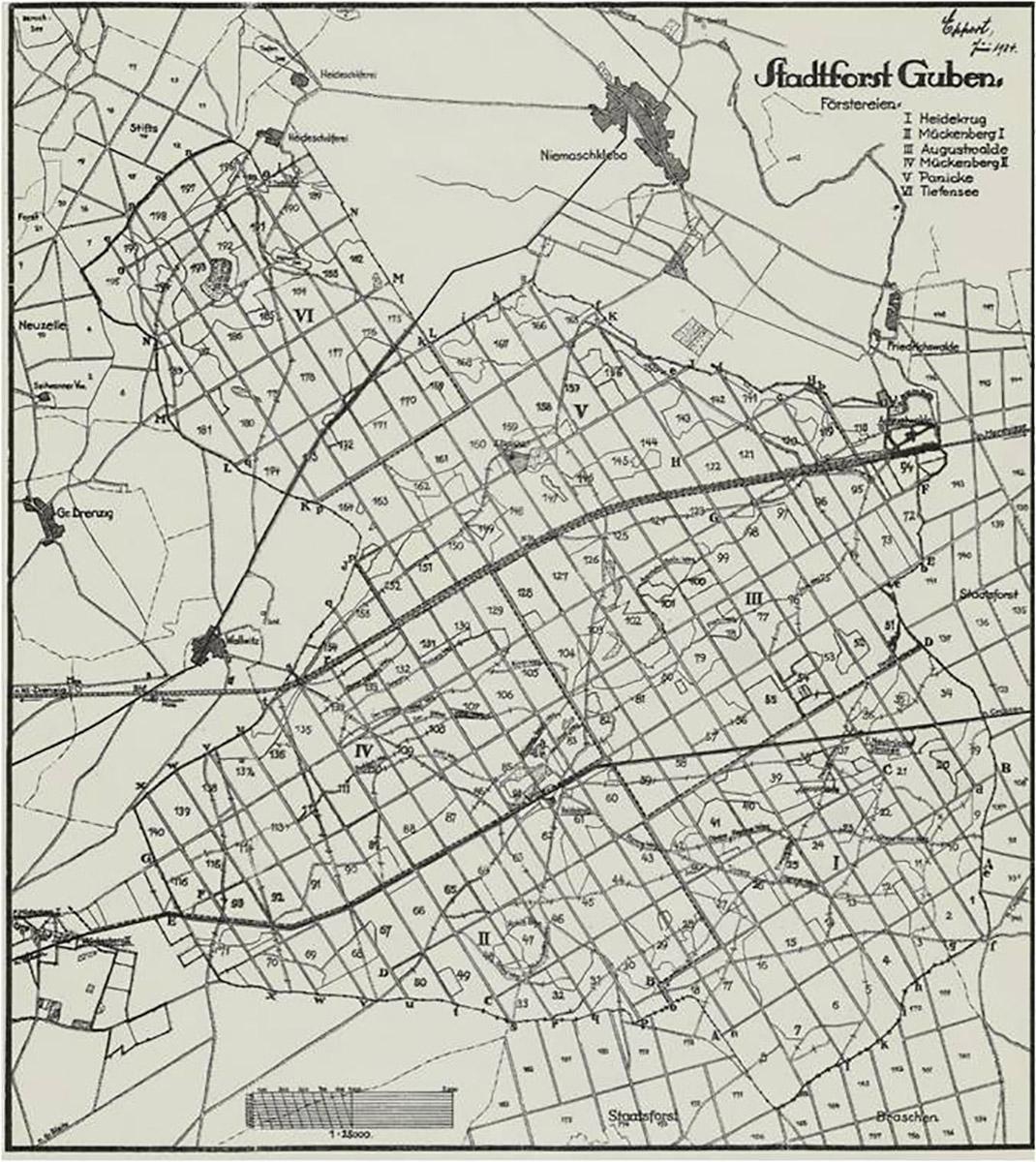
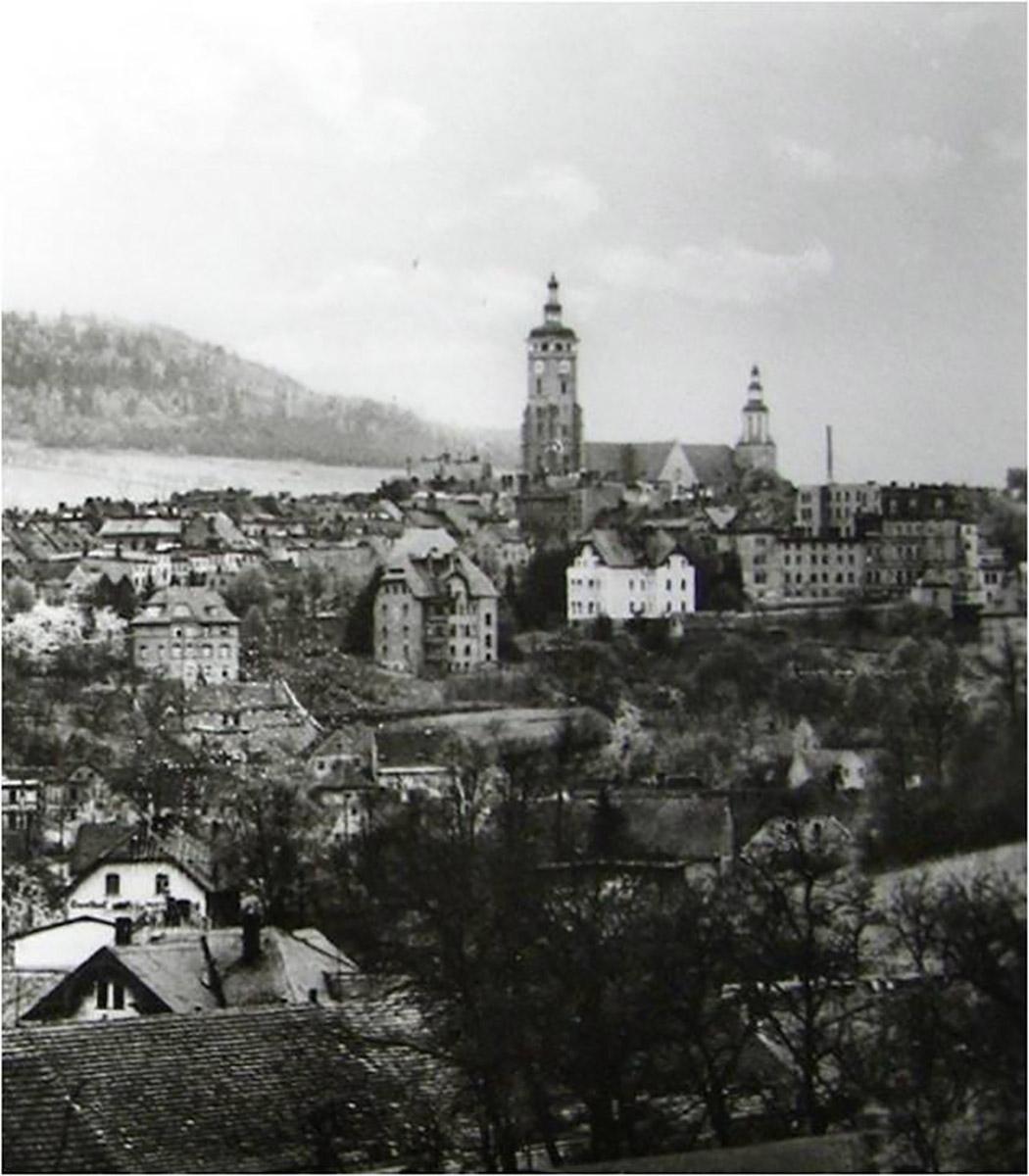
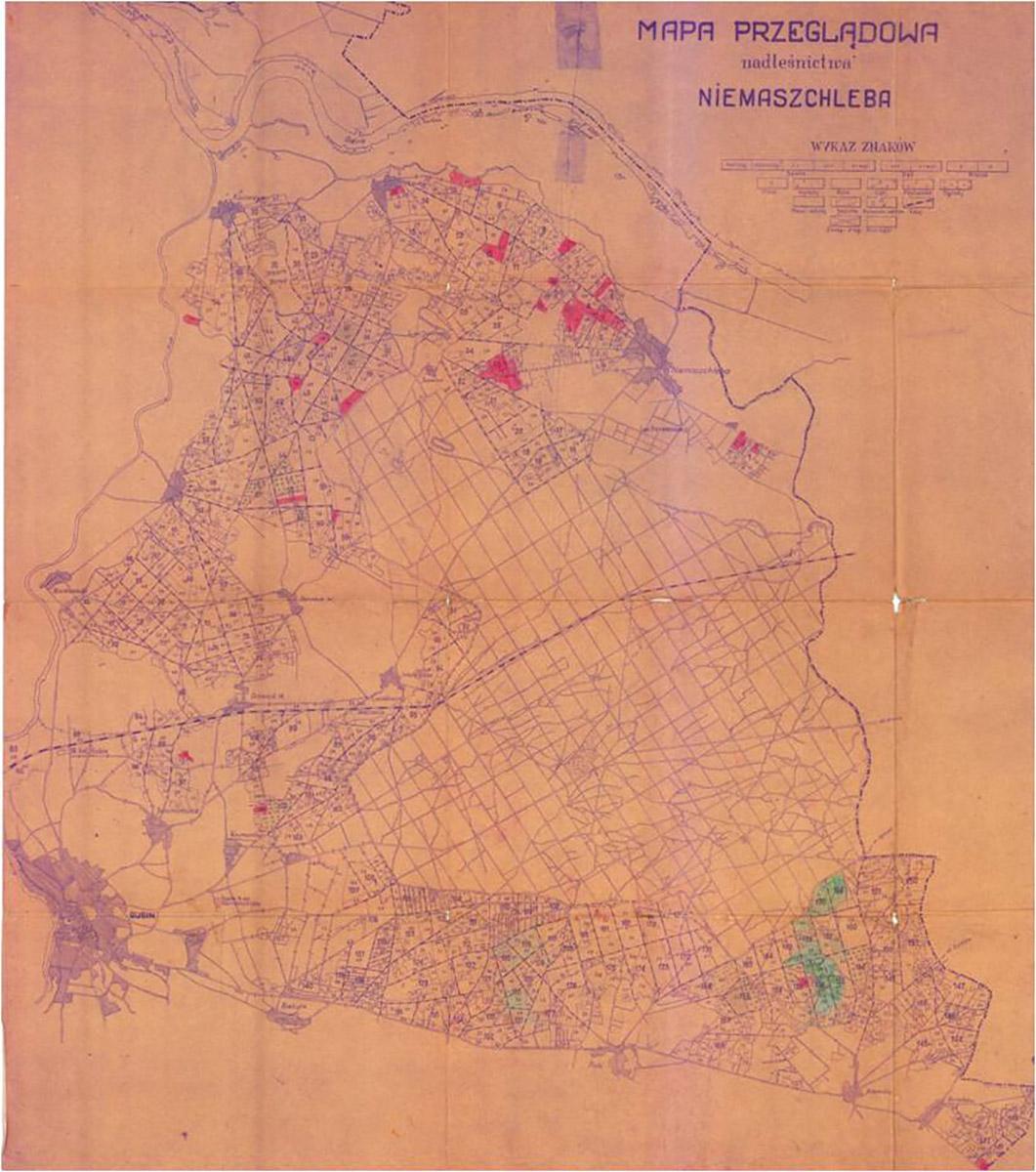
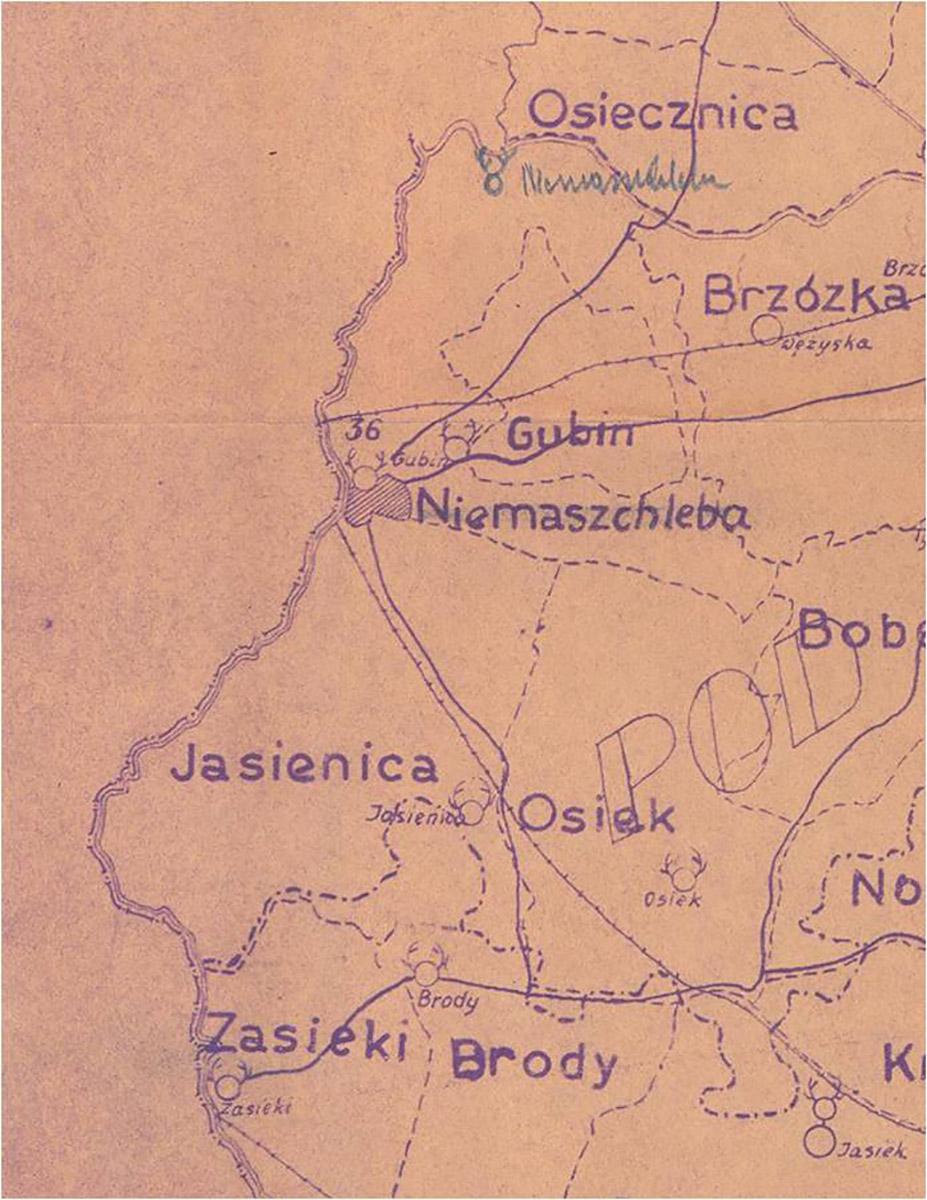
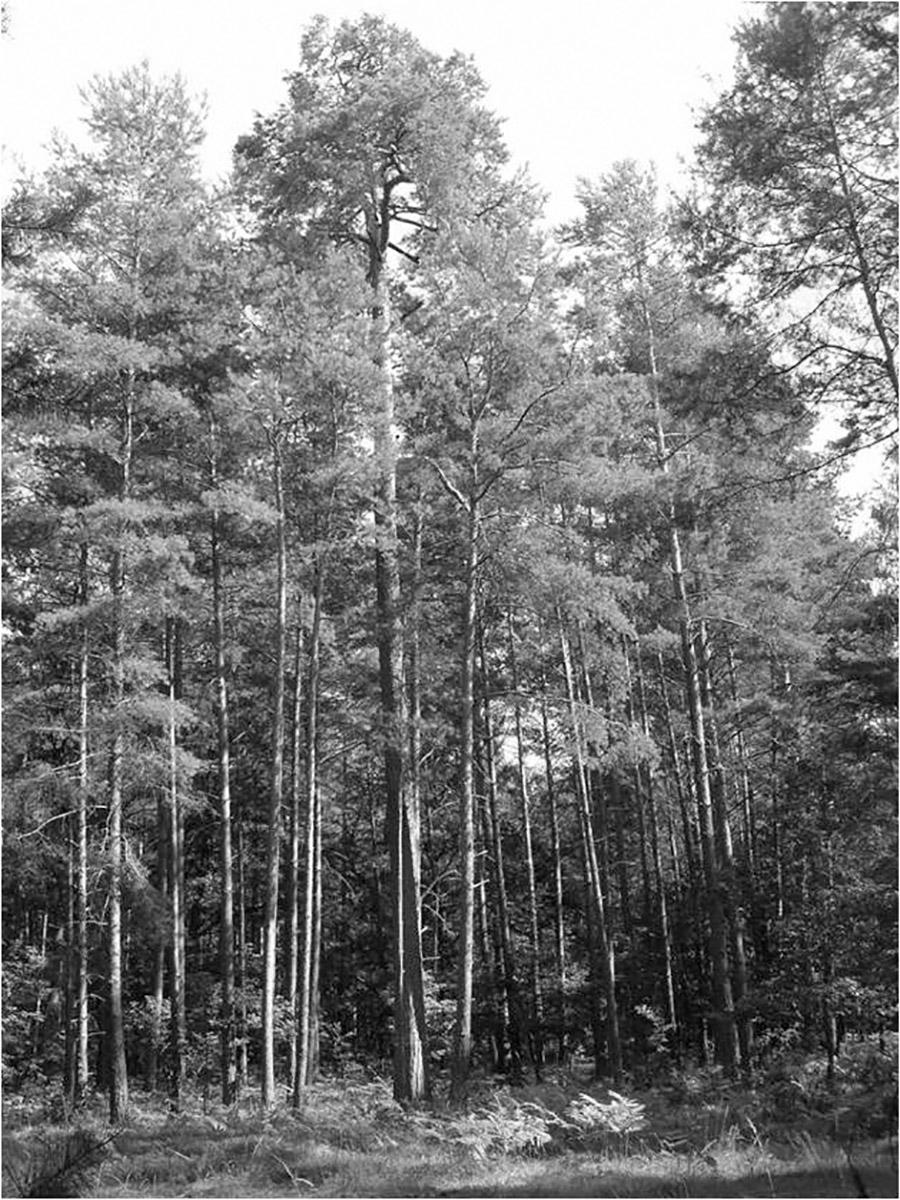

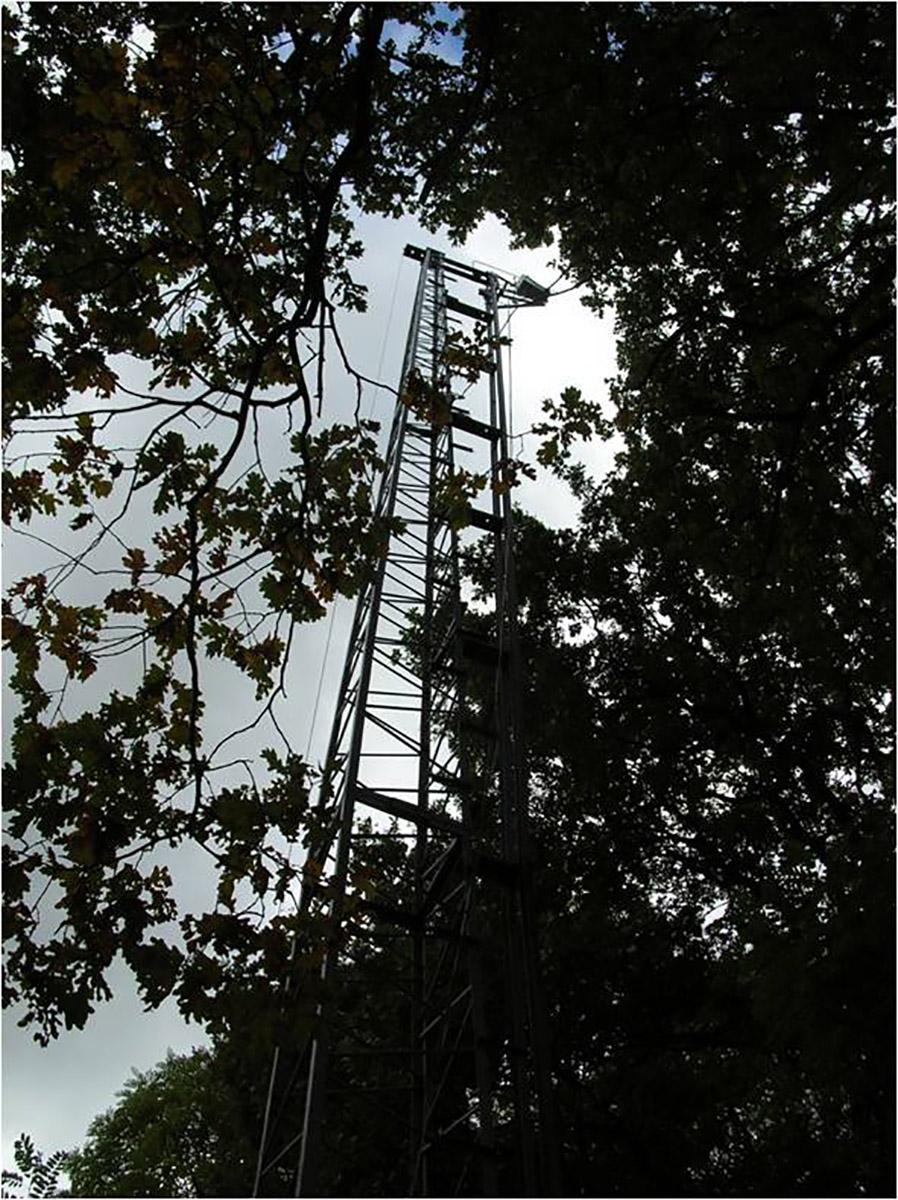

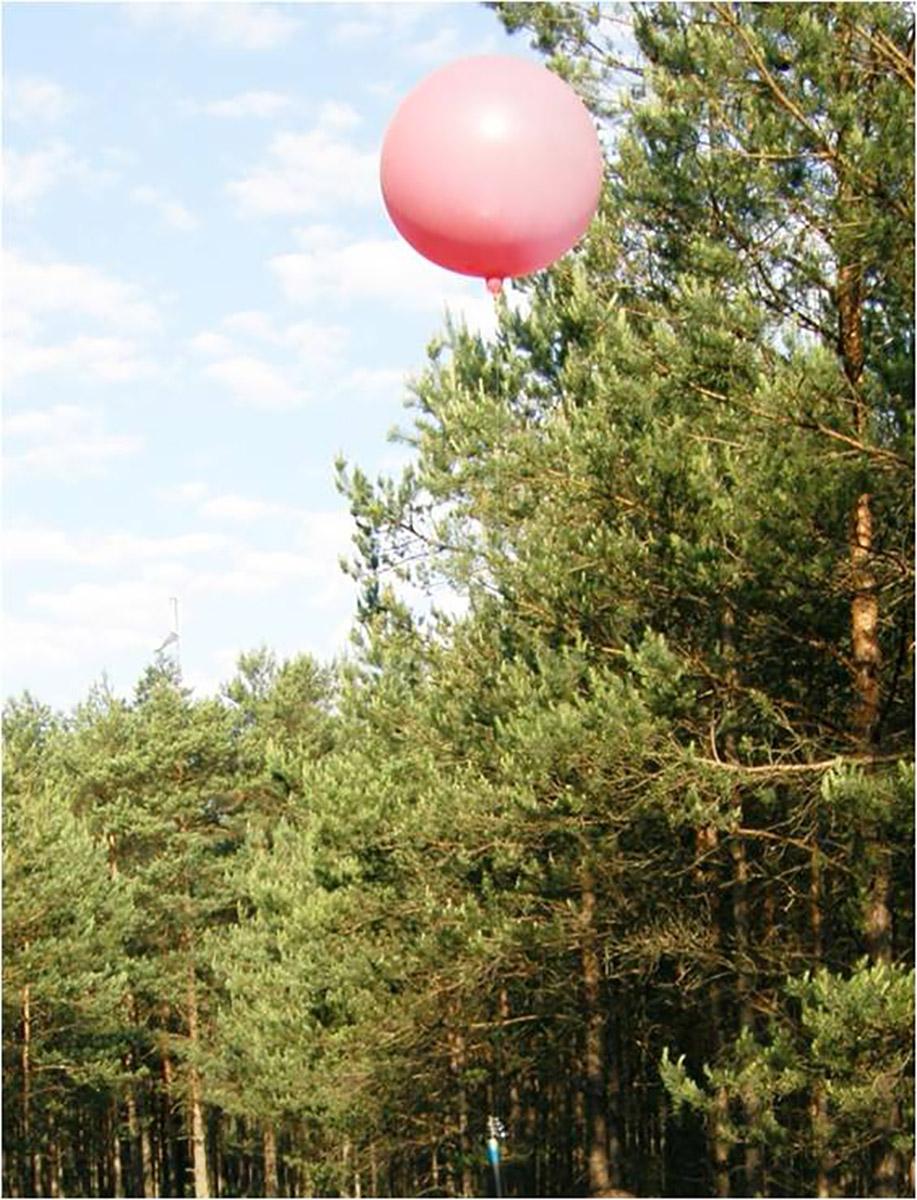
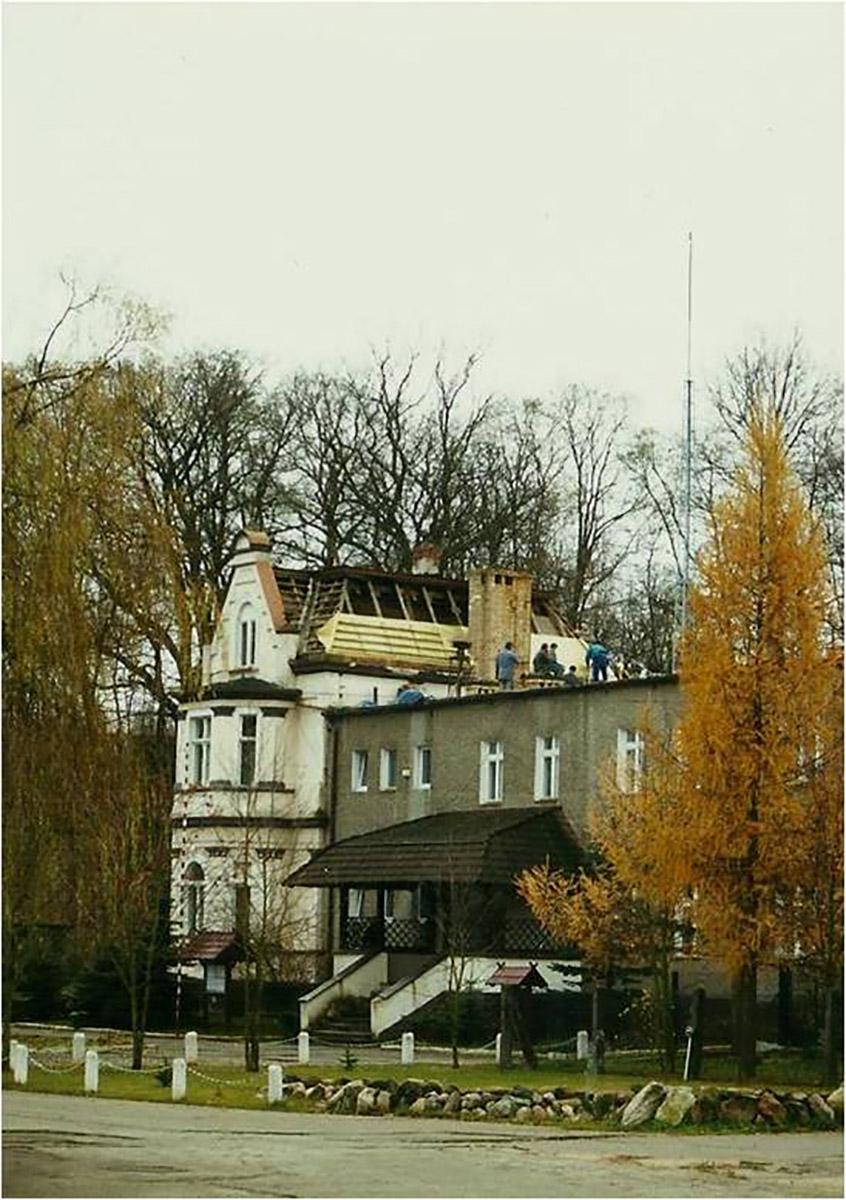

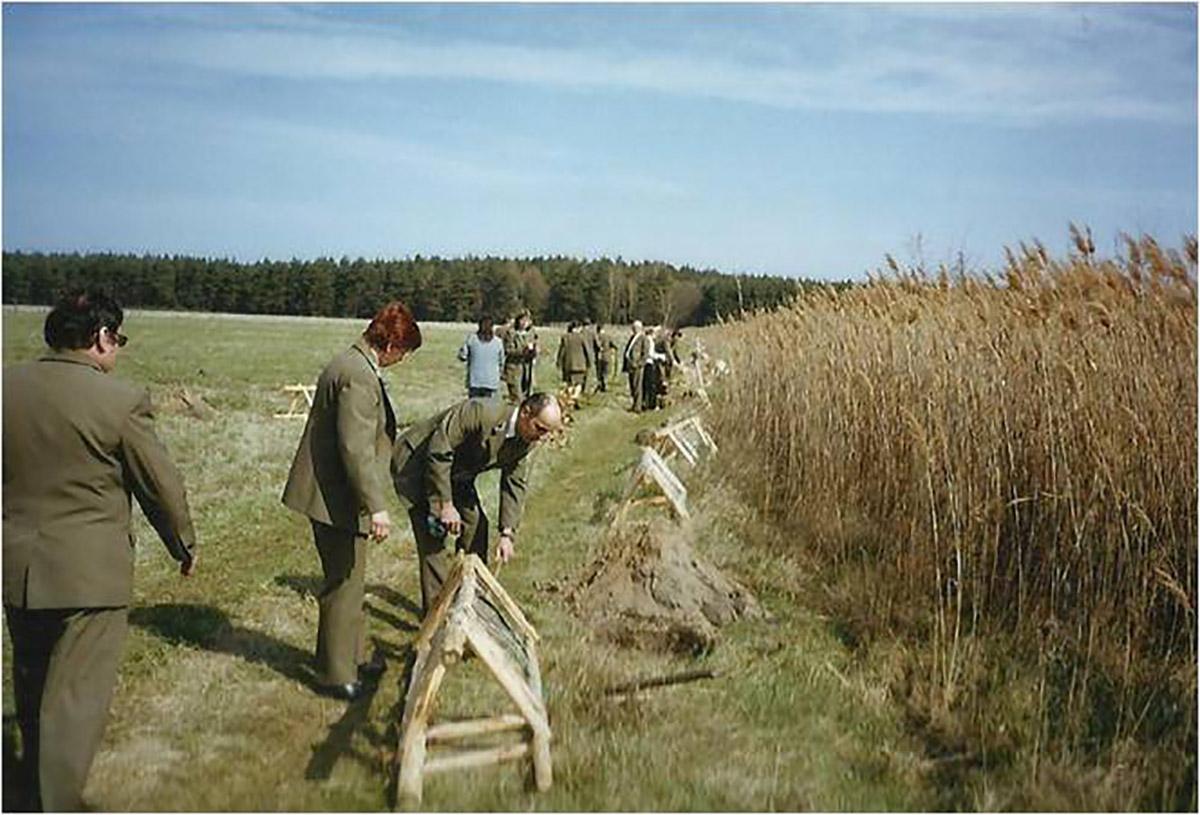
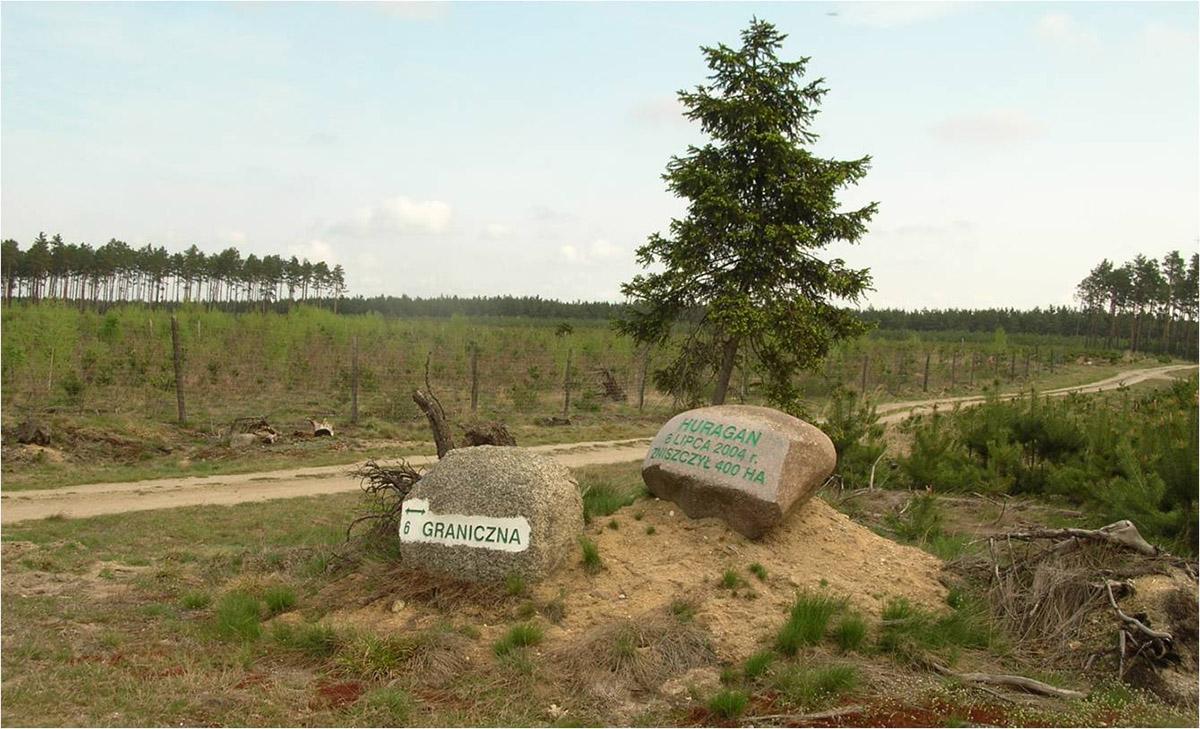
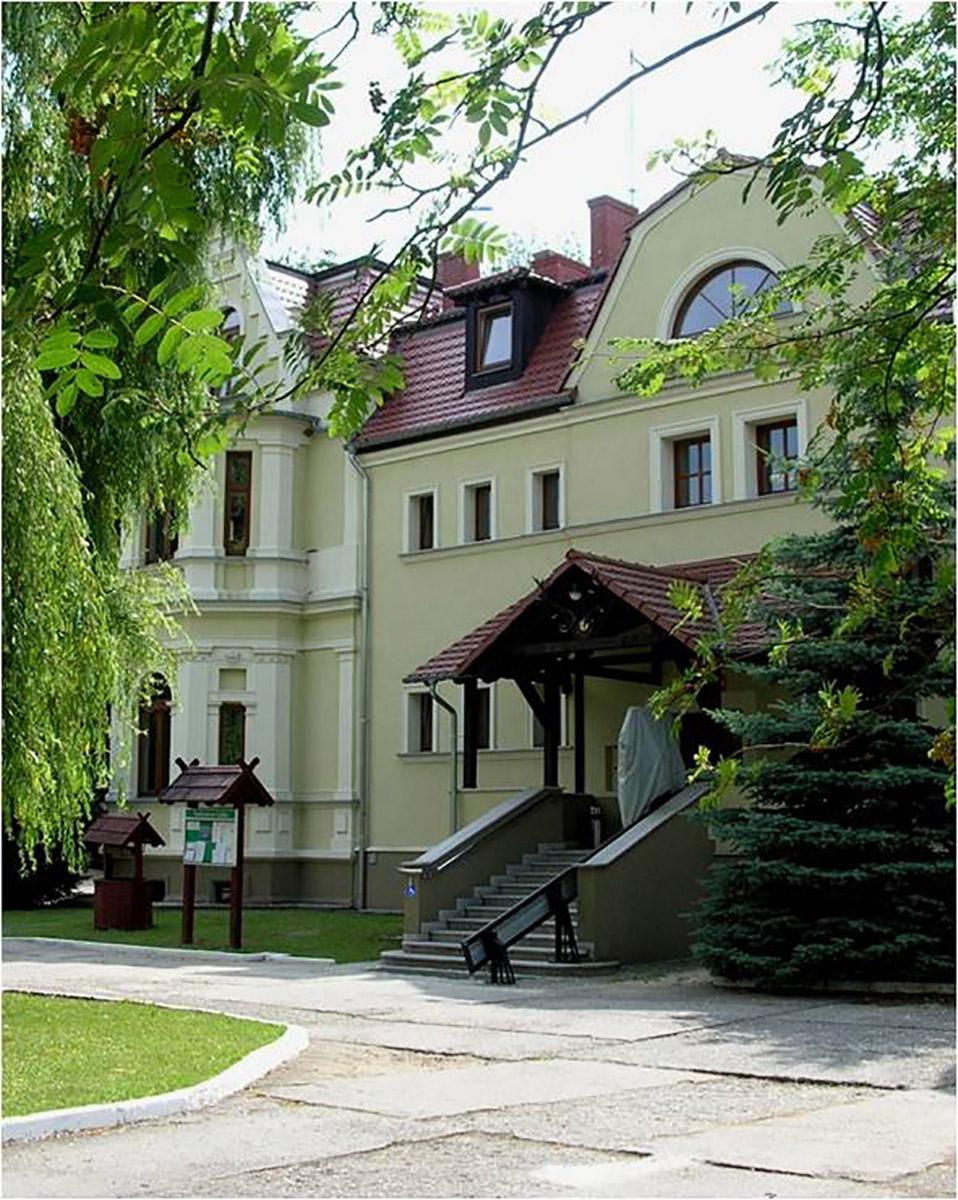
 Asset Publisher
Asset Publisher
 Asset Publisher
Asset Publisher
FORESTS OF THE FOREST DISTRICT
FORESTS OF THE FOREST DISTRICT
Gubin Forest District manages over 21 thousand ha of forests. Nature wise the area is very interesting and rich in flora and fauna.
The area of the Gubin Forest District is characterised by diverse lay of the land, with many interesting features of landscape.
The Forest District is located at the western end of the Great Valleys zone (Pas Wielkich Dolin). The landscape was formed by névé of Oder and Pomerania, which has left morainic hills and sandurs, areas of common occurrence of washed sands. One can also see some inland sand dunes, peat bogs and swamps. The highest prominence is found in the southern part of the forest district – 106.4 m above sea level, whereas the lowest point is the surface of Borek lake - 33.2 m above sea level.
The territorial scope of the Gubin Forest District is 38 633 ha. The forestation rate is high - 54,7%.
The area of the largest forest complex is 15,000 ha (including the adjacent forests of the Brzózka Forest District). The second largest forest complex lies on the Strzegom Plain (Równina Strzegomska) with the area of around 7,000 ha.
Forests of the Forest District grow mainly on sandy lands, less often on clayish or swampy lands.
The dominant tree species is pine, which grows on 92% of forest area. Oak grows on over 3% of the area. Habitat of birch exceeds 2% of the area; other species - 3%.
Plant cover of forest ecosystem includes also shrubs and underbrush plants. One can also find large areas of forest overgrown with bilberry, cowberry and picturesque moorlands. More abundant plant associations are found near the areas of water, ecological sites, forest wastelands, next to meadows, as well as on the remains of peat bogs and forest swamps. There are numerous clusters of alder buckthorn (Jasienica), sites of dwarf periwinkle and round-leaved sundew (sub-districts Gubin and Chlebowo), lily of the valley (the vicinity of Budoradz and Dzikowo) and clubmoss (near Kaniów).
The fauna of the Forest District is represented by many game species:
● mammals: wild boar, red deer, roe deer, fox, European hare, European rabbit, muskrat, European pine marten, beech marten, polecat, badger, raccoon dog, American mink, beaver,
● birds: many species of ducks and goose, grey heron, coot, common wood pigeon, snipes,
● protected animals: weasel, otter, gołąb, turtledove, Eurasian collared dove, stock dove,
● insects: dragonfly.





 Lasy nadleśnictwa, fot. Jerzy Malicki
Lasy nadleśnictwa, fot. Jerzy Malicki
 fot. Mariusz Grondys
fot. Mariusz Grondys



